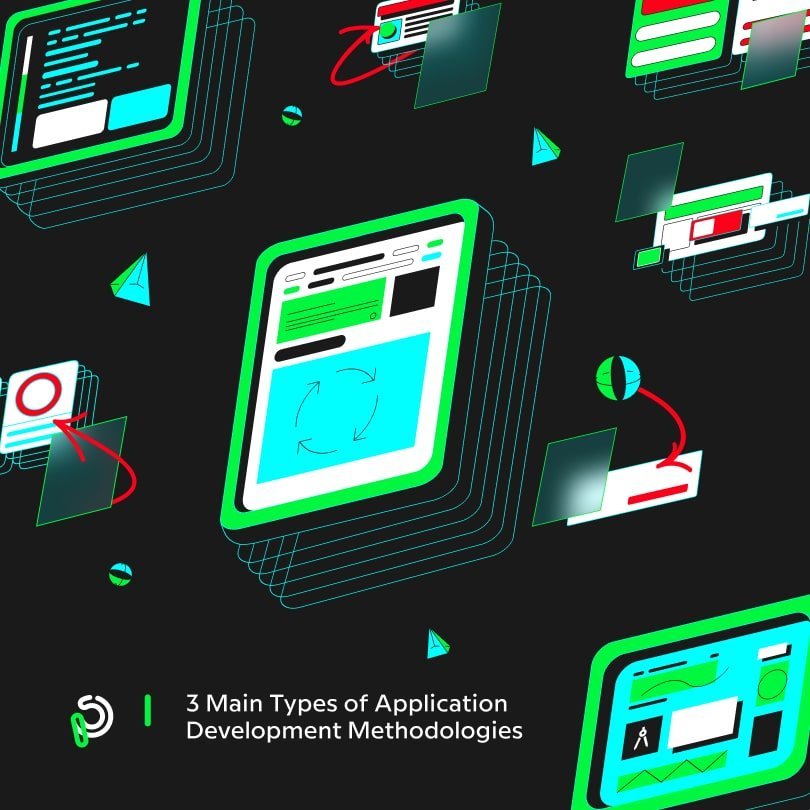Nowadays, any field of activity is not complete without the introduction of the necessary application software. Modern technologies make it possible to facilitate a large number of processes occurring within any organization, such as calculating the salary of employees, monitoring the work performed, maintaining and generating various reports, and so on. Therefore, it is not surprising that more and more customers want to receive quality app developments for solving various purposes. The benefits of using apps include simplicity, convenience, and cost-effectiveness.
The development of application software is a rather difficult process. It requires good knowledge and skills from the developer, and therefore the choice of specialists should be approached responsibly. It is best to entrust the work to experienced professionals of the website software engineering services who guarantee the high quality of each completed project. The list of services offered is quite wide and includes software integration, custom enterprise software engineering, consolidating app portfolio, updating app legacy, etc.
Learn below about the main stages in the software development process and the 3 types of application development methodologies.
Stages of Software Application Development
Software app development usually includes the following stages:
- Analysis of requirements. The beginning of the application development lifecycle is the analysis stage. It involves the discussion of the requirements for the software product by the participants in the process. Establishing detailed requirements for the system can be considered the successful completion of this stage;
- Design and architecture. At this stage, programmers and system architects develop the high-quality design of the system. A variety of technical issues that arise during the design process are discussed with all interested parties, including the customer;
- Development and programming. The development stage begins immediately after the requirements and product design are approved. This is where the writing of the program code begins in accordance with the previously defined requirements;
- Documentation. This stage is allocated quite conditionally since certain documents are created at all stages of the program life cycle. However, in addition to the design documentation and accompanying development notes, there are other important text documents. They may describe, for example, the functions of the program and how to use it;
- Testing. The testing stage is designed to detect bugs missed during development. When a defect is found, the tester writes a bug report, which is sent to the developers. Those correct it and testing is done again to make sure the problem has been fixed;
- Implementation and support. When the app is tested and free from defects, it’s time to release and transfer it to end-users. After the first release of a new software product, the technical support department is included in the work. Its employees provide user feedback, advice, and support.
All stages of the software app life cycle apply to any development model. However, their duration and order may vary. Find out more about the main software development methodology types in the sections below.

What Is Software Development Methodology and What Are Its Main Types?
The software project methodology is a system of principles, as well as a set of ideas, concepts, methods, and means that determine the style of software development. The main types of methodology in project include the Waterfall model vs. Agile model vs. RAD model.
1. Waterfall Model
The waterfall model is a model in which the software creation process is viewed as a flow that sequentially passes through the stages of requirements analysis, design and architecture, development, testing, integration, and maintenance. The transition from one stage of development to another is possible only after the previous stage is fully completed.
This software development model is well-known today due to its strict rules. It clearly determines the timing of each stage. But there is also a drawback: it is difficult to take a step back. Making changes to an existing project is very expensive and problematic. This method is suitable only for projects that are clearly scheduled, there is a complete understanding of what is being created, for what purposes, and what requirements are set.
It is advisable to use this approach if there is a detailed prototype or an already existing similar application. In addition, the waterfall model can be used when working with government agencies, where it is important to submit reports strictly, follow the schedule, and not deviate from the originally set plan.
2. Agile Model
Agile methodology is a great solution for generating a product that is not fully formed in its idea. The peculiarity of this method is that the customer can immediately observe changes in the development and correct actions. The model is very effective, but it has its drawbacks. Due to the fact that it is impossible to determine the exact results and understand how long it will take to implement the idea, it is not possible to determine the cost. However, the Agile model is perfect when the project is set up for a long life cycle and must be adaptable to various changes in the market.
3. RAD Model
The model of rapid application development (RAD) appeared in the 80s of the 20th century in connection with the rapid development of powerful technologies and tools for developing software products. This model is usually used as part of another model to speed up the development cycle of a prototype (version) of a system or software. With the low complexity of projects, RAD models can be used as independent models.
Powerful development tools create the basis of the RAD model. Thus, it can be used only in the presence of highly qualified and highly specialized specialists. The project budget should be large enough to pay for their work.
As we can see, each of the described development methodologies has its own features. Therefore, choosing the right one directly depends on your goals. It is also recommended to pay attention to the jad methodology, as it is widely used today. Its use allows you to achieve a collective style of work and a useful exchange of information, reach consensus, and bring the positions of IT developers and organizations to a new level.





